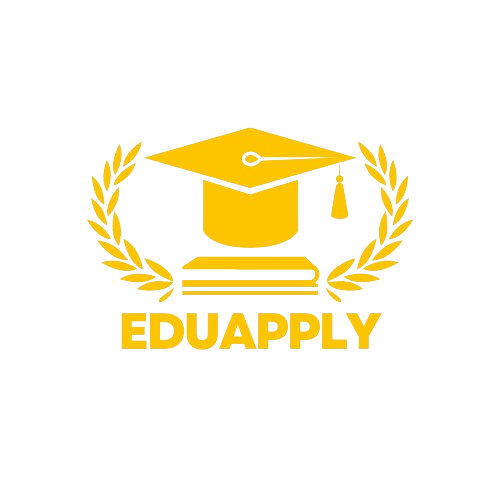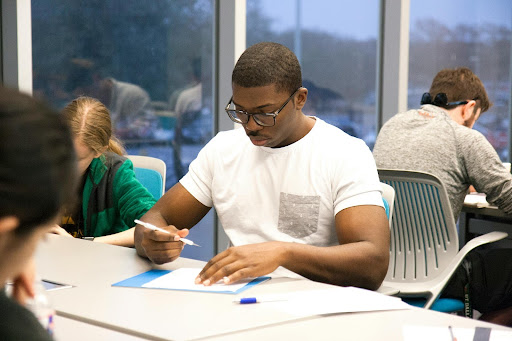The traditional model of higher education, with its physical campuses, rigid schedules, and one-size-fits-all approach, is undergoing a significant transformation. Driven by technological advancements, evolving student needs, and rising costs, new models are emerging to support a more accessible, flexible, and effective learning experience. This article explores some of these innovative models reshaping the landscape of higher education.
A Breakdown of Traditional Challenges:
- Rising Costs: The ever-increasing cost of tuition fees and living expenses is putting a strain on students and families, making higher education a less attainable goal for many.
- Accessibility Issues: The traditional model often excludes working adults, geographically distant students, and those with non-traditional educational backgrounds.
- Limited Flexibility: Fixed schedules, rigid course structures, and a lack of personalized learning options can hinder students with diverse needs and learning styles.
- Focus on Credentials over Skills: The emphasis on obtaining a degree sometimes overshadows the crucial development of practical skills necessary for the modern workforce.
Innovative Models for the Future:
- Microcredentials and Stackable Credentials: These bite-sized, focused learning modules allow students to acquire specific skills relevant to their career goals. They can be stacked together to build towards a larger credential or specialization.
- Online Learning Platforms: Advanced online learning platforms offer quality education with flexibility. Asynchronous learning allows students to learn at their own pace, while interactive tools foster engagement and collaboration.
- Competency-Based Learning: This approach focuses on mastery of specific skills and knowledge, rather than solely on credit hours. Students progress through the program upon demonstrating their proficiency in defined competencies.
- Bootcamps and Intensive Programs: These intensive programs offer accelerated learning opportunities in high-demand fields, equipping students with job-ready skills in a shorter timeframe.
- Alternative Credential Providers: Non-traditional institutions like coding bootcamps and online learning providers are offering in-demand skills training outside the confines of traditional universities.
- The “Nomad University” Model: This emerging concept envisions a university without a physical campus. Students travel to different locations, engage in project-based learning, and immerse themselves in diverse cultures.
Benefits of New Models:
- Increased Accessibility: These models offer greater accessibility for working adults, geographically distant learners, and those seeking non-traditional educational pathways.
- Reduced Costs: Microcredentials, competency-based learning, and online platforms can offer lower-cost alternatives to traditional degrees.
- Flexibility and Personalization: Students can tailor their learning pace and pathway to their specific needs and career goals.
- Focus on Skills Development: The emphasis on practical skills and competencies prepares students for the ever-evolving job market.
- Lifelong Learning: These models encourage continuous learning throughout one’s career, fostering adaptability and skill development in a rapidly changing world.
Challenges and Considerations:
- Quality Assurance: New models require robust quality assurance measures to ensure the credibility and value of the credentials offered.
- Equity and Access: Ensuring equitable access to technology and bridging the digital divide is crucial for true inclusivity.
- Faculty Development: Educators need to adapt their teaching methods to embrace online platforms and competency-based approaches.
- The Value of the Traditional Degree: The long-term impact of these new models on the perceived value of traditional university degrees remains to be seen.
The Future of Higher Education:
The future of higher education will likely be a blend of traditional and innovative models. Universities will need to adapt to meet the evolving needs of students while ensuring high-quality education and preparing graduates for success in the 21st century workforce. Technology will continue to play a pivotal role, enabling flexibility, personalization, and accessibility.
Conclusion:
New models for supporting higher education offer exciting possibilities for making education more accessible, affordable, and relevant to the needs of a changing world. By embracing these innovations and fostering collaboration between traditional institutions and new models, we can work towards a future where quality education is a reality for all.



